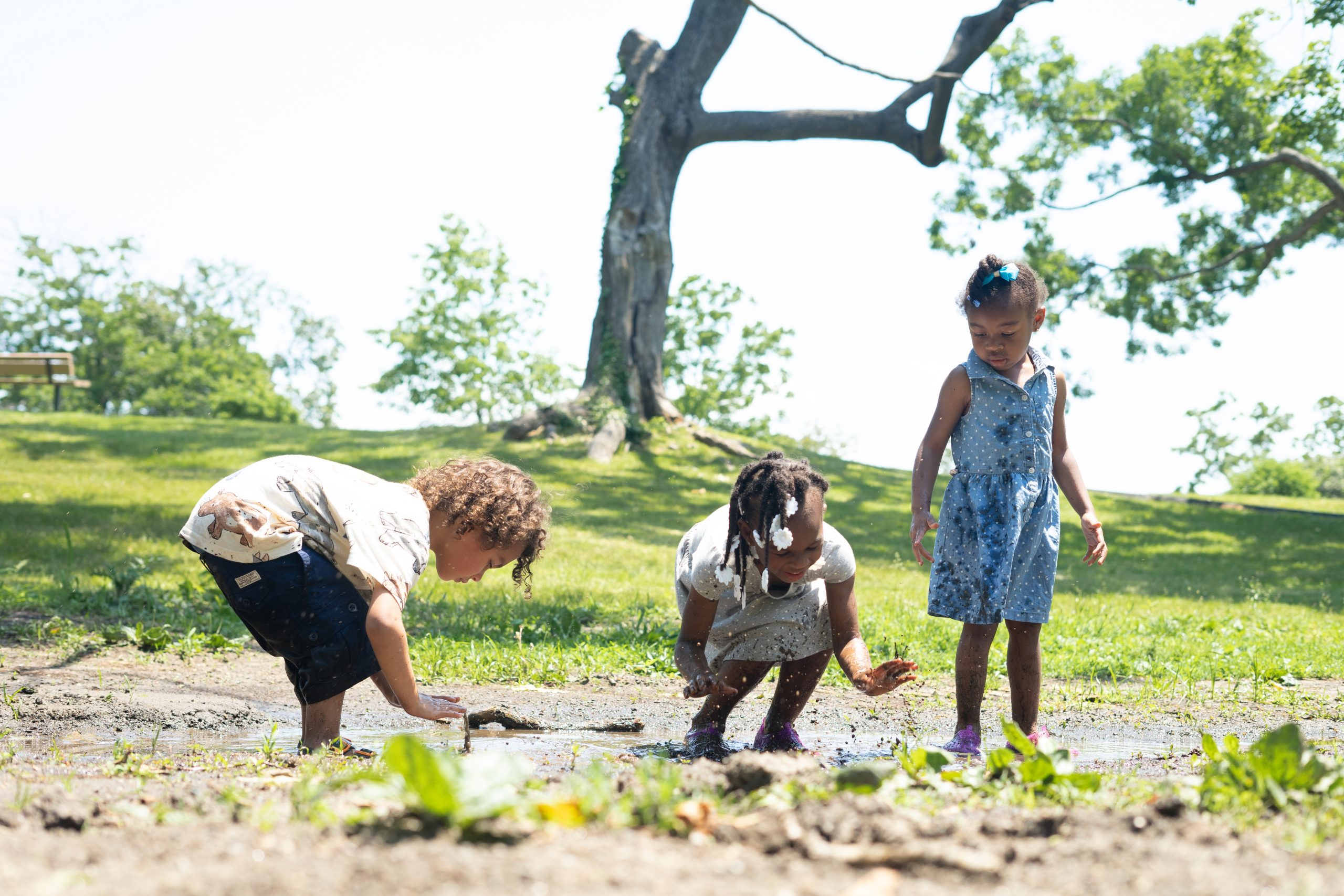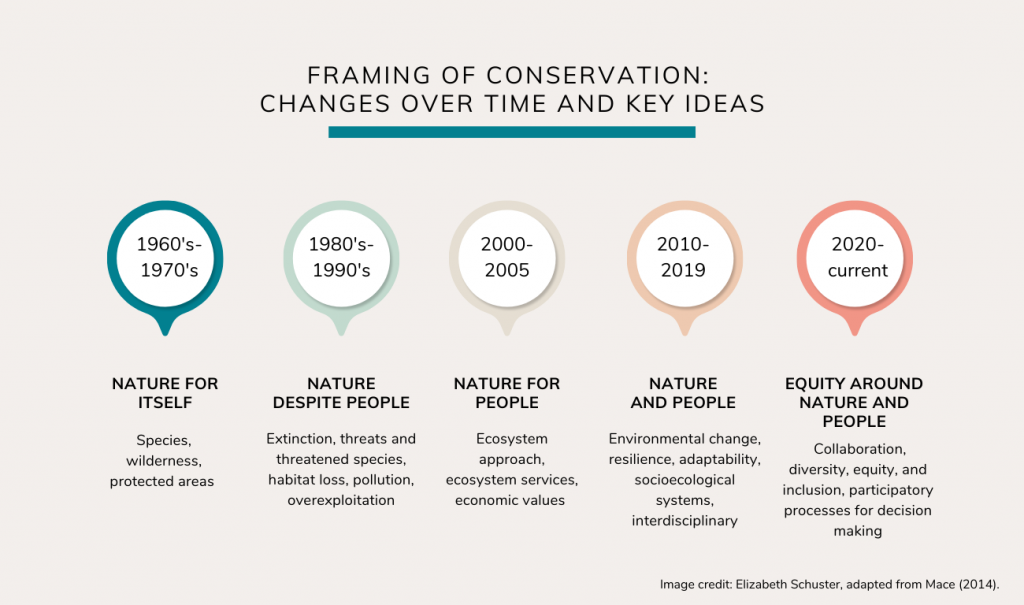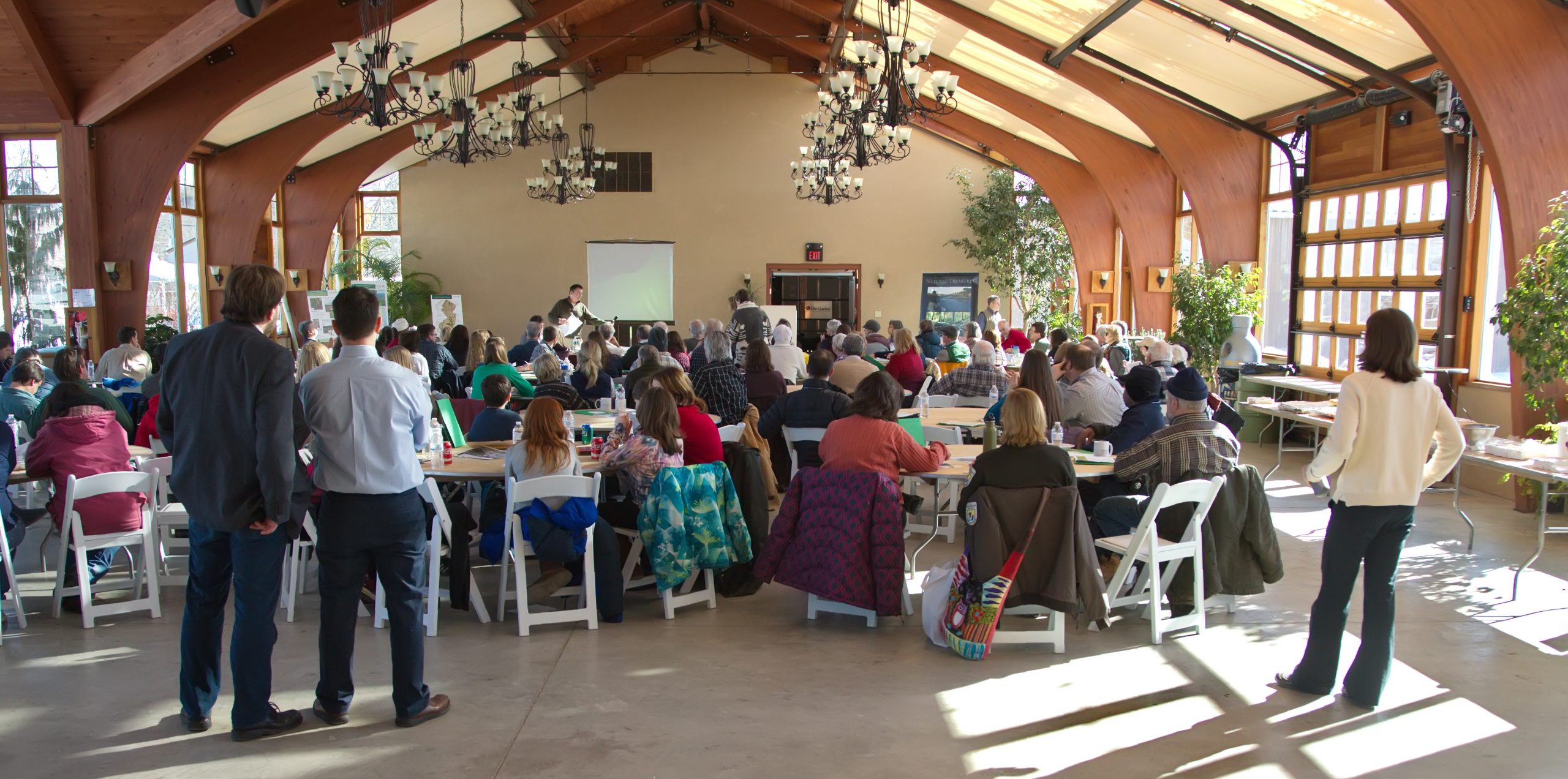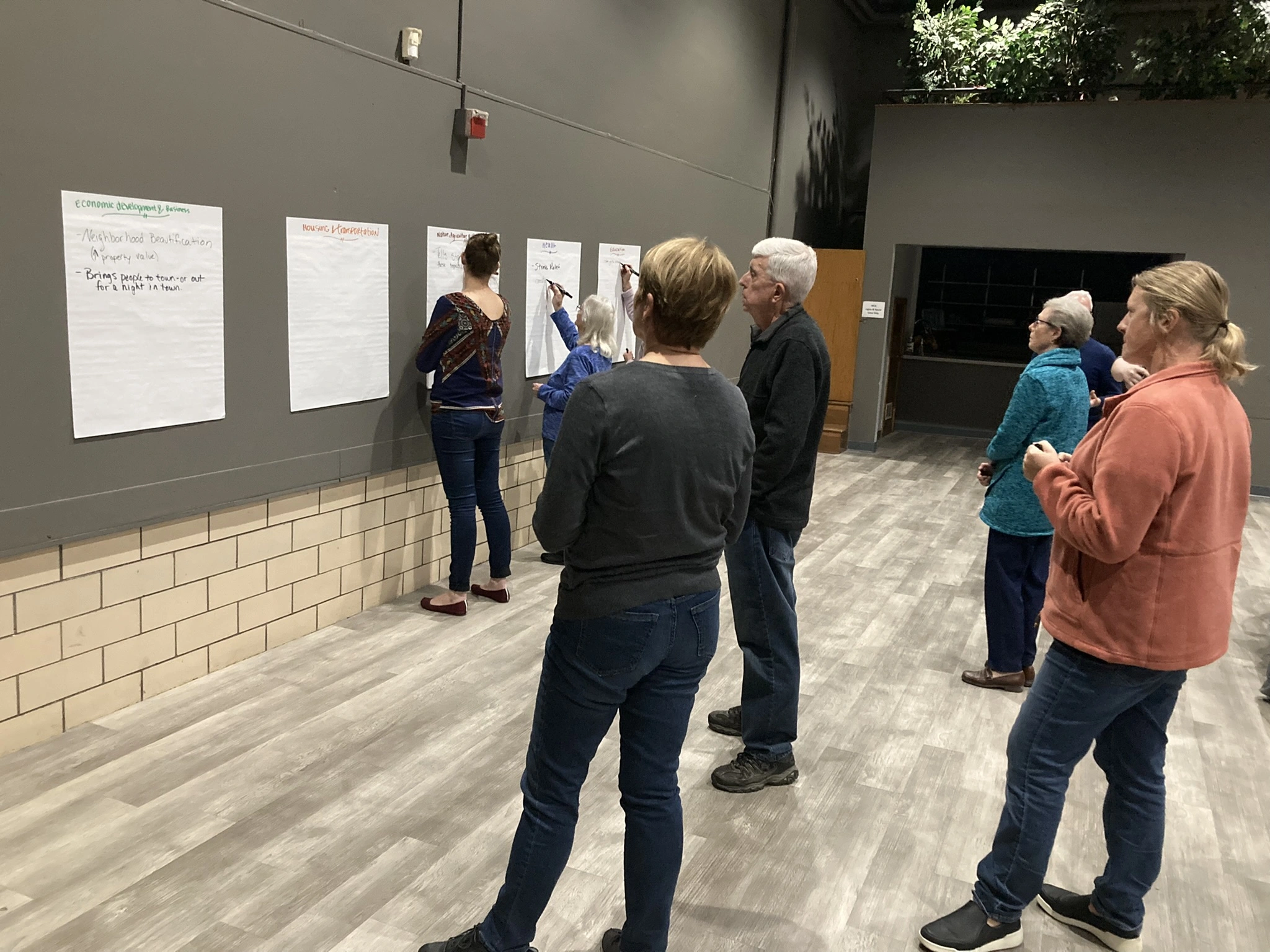
By Elizabeth Schuster, Vance Russell, and Leander Lacy
Introduction
Much has been written on the importance of conservation non-profits having shared goals for nature and human well-being. Yet even so, progress is still slow towards achieving nature and human well-being goals. Why is it still so challenging to scale up impact?
Background
Ecosystem services are the most direct mechanism for linking nature and human well-being. Our lands and waters are the foundation for quality-of-life improvements to human communities. Nature provides clean drinking water, flood resilience for communities, native pollinator services, and opportunities for recreation. Trees can help with temperature regulation, sequester carbon, improve air quality in urban areas, and provide habitat for birds and other wildlife. The list goes on.
A recent review of more than 2,000 studies found strong evidence that as habitat is lost, the quality of life for communities gets worse. While the researchers found that environmental decline impacts everyone, they noted that the impacts can be more severe for lower-income people and those in developing countries.[1]

Figure 1. Framing of Conservation: Changes over time and key ideas
Despite the benefits that nature provides to people, the conservation community did not always frame their work in terms of shared benefits to nature and people. Over time, the conservation community has evolved in how they view the relationship between people and nature (Figure 1, adapted from Mace (2014)).
We took the liberty to add an additional stage that starts in 2020: Equity Around Nature and People. Whereas there are examples of equity for minorities and indigenous communities being the focus of certain organizations earlier, it now is a more common way of thinking. However, the conservation community has a long way toward full equity around nature and people.
While the graphic in Figure 1 serves as a useful visual that simplifies the history of ideas in conservation, a significant gap pre-1960s is missing. The well-known preservation versus conservation debate between John Muir and Gifford Pinchot goes back to the 19th century, reminding us that role of humans in nature has long been discussed. Also missing are key voices like Aldo Leopold, whose A Sand County Almanac (1949) was hugely influential in conservation; and Rachel Carson’s Silent Spring (1962) was a powerful call-to-action for human responsibility around pollution.
Plus, the timeline was created in a silo and fails to overlay societal justice issues from genocide of indigenous people to the capture and slavery of Black people, all the way up to gay marriage laws and the aftermath of the murder of George Floyd. These events play a role in how conservation was both created and shows up today.
Suffice to say, these examples show that an ecosystem services framework only focusing on how nature benefits people is an incomplete way to address human well-being in conservation. Moving forward, conservation frameworks will need to place more attention on how nature’s benefits are distributed across more diverse groups, and whose voices are heard in participatory processes for decision making.
Given the complexity and evolving context, it is not surprising that it is challenging for conservation goals and strategies to truly have a positive impact on both nature and communities.
Barriers to success for shared goals for people and nature
The top barriers getting in the way of conservation managers who strive to show more impact on nature and human well-being fall into the following categories: strategic, knowledge and habits, lack of post-project analysis & sharing of results, and lack of sustainable funding sources.
The first barrier to success is strategic. Due to the complexity, organizations struggle to strategically designs goals that successfully achieve benefits for both people and nature. In other words, conservation organizations do not always have enough information on HOW to scale ecological programs in a way that effectively links to human well-being.
Much has been written on the topic about how to integrate human well-being goals into conservation in a way that has measurable impact (Millner-Gulland et al. 2014; Bottrill et al. 2014; Woodhouse et al. 2015; The Nature Conservancy 2016; and Salafsky and Margoluis 2021). Frameworks have also been created to incorporate ecosystem services into federal policy (National Ecosystem Services Partnership 2016).
While there is good information in these frameworks, the challenge lies in operationalizing the situation models[2] into on-the-ground practices.
The second barrier is knowledge and habits. Busy conservation managers do not always have the bandwidth needed to fully learn about certain human well-being targets in conservation, e.g. those around health, economic development, flood resilience, agricultural production, transportation, and supply chain management. It takes time and a change in behavior to develop the partnerships needed to pursue human well-being targets. This invites the opportunity for the conservation movement to expand the breadth of people and organizations thinking and acting on conservation by inviting human rights, economic development, and social justice partners to the table to consider how conservation plays a role in the lives of the population they serve.
Further, at times old ways of thinking dominate. It can become even more sensitive as we delve into issues of justice, equity, diversity, and inclusion (JEDI).
To reach a better type of conservation, it will require current leaders that have been steeped in old ideologies to step aside and support the next generation of conservation leaders; the ones that find it unacceptable to exclude a diversity of humans from the conservation equation.
The third barrier is lack of post-project analysis and sharing of results. While guidance on human well-being metrics has been available for a while, only recently has the conservation community developed a suite of metrics around JEDI approaches. In December 2021, Lacy Consulting Services published a report on Conservation Standards: Justice, Equity, Diversity, and Inclusion Approaches. This report is the first-ever comprehensive guidance on incorporating JEDI practices and metrics into conservation planning. While an incredible feat, the guidance will now have to be adopted by a wide range of conservation non-profits.
Lacy Consulting found that the majority of conservation organizations focus on the early stages of conservation planning and are quite willing to do assessments and develop a strategic plan. Where organizations fall short is in the later stages of the conservation planning framework – implementation, analysis, adaptation, and sharing. One possible explanation is a fear of sharing failures with funding agencies.
The fourth major barrier to scaling up impact on nature and human well-being is lack of sustainable funding. Ample analysis has been completed on where the gaps in funding and financing exist, thus, this is a well-known problem facing conservation non-profits. Nonetheless, being aware of the problem does not mean that it is easy to solve. Conservation non-profits are increasingly looking to the private sector to leverage public funding sources in new and innovative ways.[3]
Time and hard work for building in human well-being and equity into conservation leads to longer lasting solutions to seemingly intractable problems. We believe that many opportunities exist for conservation nonprofits to truly integrate people and nature.
Contact Information
Elizabeth Schuster, Consulting Website, LinkedIn,
eschuster@sustainableeconomiesconsulting.com
Vance Russell, Consulting Website, LinkedIn,
vance.russell@outlook.com
Leander Lacy, Consulting Website, LinkedIn,
leander@lacyconsultingservices.com
[1] Brauman,
K. A., Garibaldi, L. A., Polasky, S., Aumeeruddy-Thomas, Y., Brancalion, P. H.
S., DeClerck, F., … Verma, M. (2020). Global trends in nature’s contributions
to people. Proceedings of the National Academy of Sciences, 117(51),
32799-32805. doi:10.1073/pnas.2010473117
[2] Also known as a conceptual model, a situation model is a tool to visually portray cause-and-effect relationships where conservation practices are being undertaken (CMP, 2020).
[3] See Because It’s Worth It for more detailed information on integrating traditional and new approaches for sustainable finance in disadvantaged communities.





